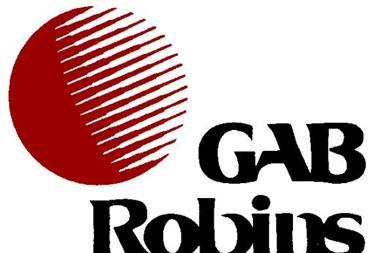What insurers do with their investment capital has come under more scrutiny as the credit crisis bites. In the first of a new series, we ask QBE to explain its strategy
What are the advantages of managing your investments in-house?
It enables us to change the risk profile to reflect the change in risk appetite of the insurance business.
How have you split up your investment portfolio?
Predominantly in fixed income and cash.
How has your portfolio changed over the past year?
We have a low allocation to equities (5%) and we don’t invest low down on the credit spectrum. A year ago we were underweight in equities, and had high exposure to government debt, high quality corporate, such as certificates of deposits (CDs). We were investing very selectively in credit, so we managed to avoid the problems in the credit markets. We weren’t invested in Bear Stearns, Lehman Brothers, Northern Rock, and so on.
Are you worried about defaults with corporate bonds?
It’s been a concern for a long time. We are cautious on the risks we are taking.
Tim Richardson is manager of London investment operations for QBE.
Hosted by comedian and actor Tom Allen, 34 Gold, 23 Silver and 22 Bronze awards were handed out across an amazing 34 categories recognising brilliance and innovation right across the breadth of UK general insurance.













































No comments yet